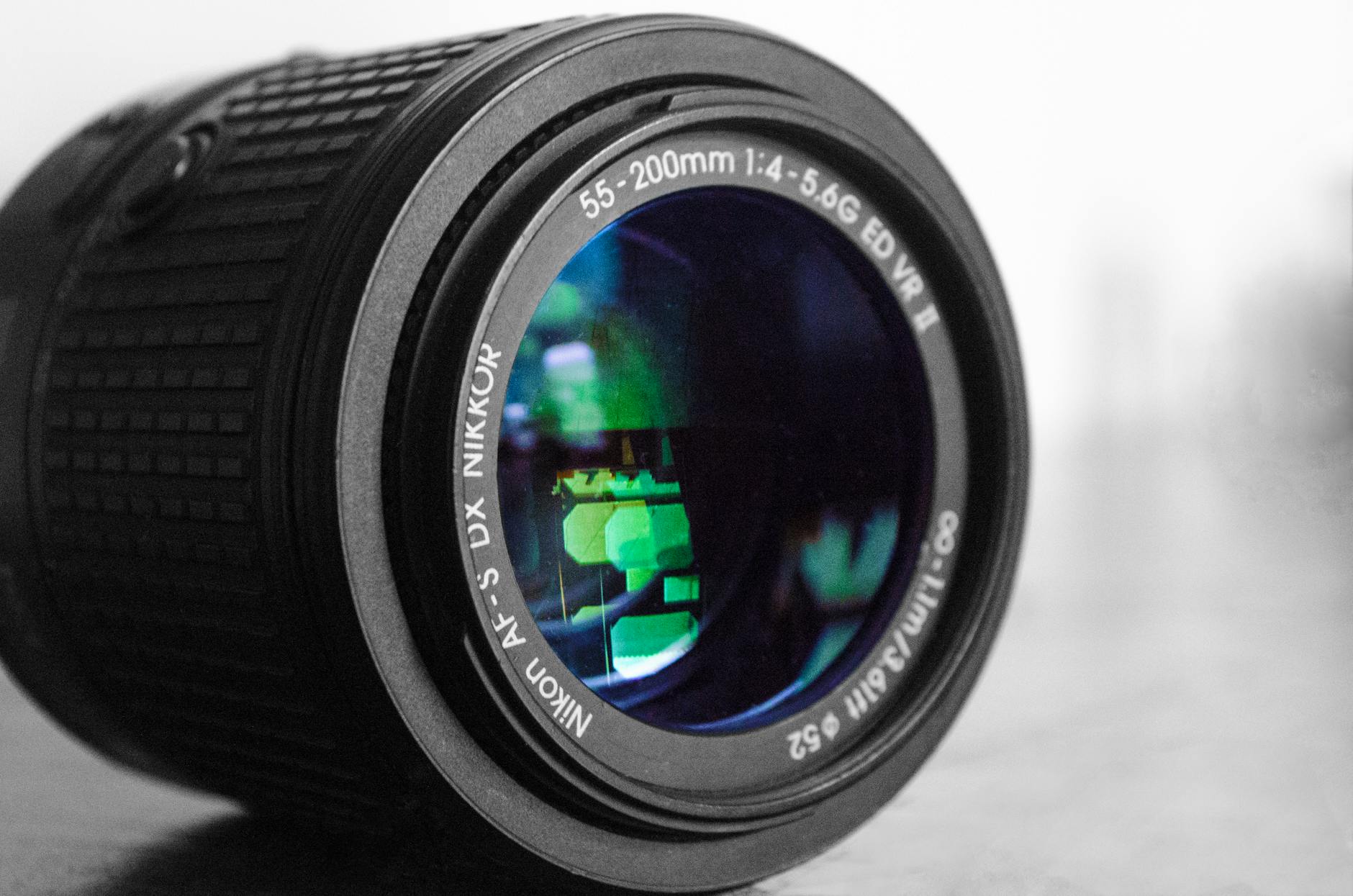Why Australia's Architectural Projects Are Embracing AV Innovations

Exploring AV Innovation Trends
In exploring the trends in audio-visual technology, it's imperative to look at how far we've come. At Brisbane's Queensland Performing Arts Centre, recognized for its state-of-the-art acoustics, distinctions between past and present technology are vividly displayed. Here, technological advancements in microphones and speakers offer a compelling view into what's possible today compared to yesteryears.
Architects and construction professionals are increasingly interested in cutting-edge technologies that transform spaces. Recording microphone innovations have significantly enhanced the precision of audio capture, crucial for filmmakers like Ellie Jensen who seek authenticity in auditory storytelling. Such microphones ensure clarity and depth, which are pivotal for both documentaries and commercial projects Ellie pursues.
The integration of hearing loop systems is another leap, demonstrating a commitment to inclusivity in design. These enable individuals with hearing aids to fully participate in events, contributing to a more engaging and accessible environment.
Finally, let's not forget the role of AV cables in ensuring that complex equipment setups, such as PTZ cameras and projectors, communicate seamlessly. This smooth connectivity is essential for professionals balancing the dual demands of art and technology. These trends collectively underscore how AV innovations are reshaping our engagement with sound and image, transforming spaces into hubs of sensory experience and setting the stage for new possibilities in film-making and architecture.
Architectural Integration Benefits
Incorporating audiovisual (AV) technologies into construction plans can substantially enhance overall architectural design and user experience. A primary advantage is the notable improvement in design flexibility. For instance, integrating technologies such as ptz cameras allows for versatile layouts in spaces like auditoriums or conference rooms, where capturing multiple angles is essential. These installations empower architects to design dynamic environments that can easily adapt to a variety of uses without significant structural modifications.
Another significant benefit is enriching user experiences. When we apply advanced technologies like a motorised projector screen, the spaces become multi-functional and engage users more effectively. Consider the impact on a space like the Brisbane Convention & Exhibition Centre, known for its advanced sound systems. Here, seamless technology integration ensures that every event, from corporate functions to cultural performances, is memorable and impactful.
Finally, these AV technologies promote sustainability and efficiency by reducing energy consumption and enhancing systems' longevity. By incorporating energy-efficient devices and systems that automate functions such as lighting and shading based on usage patterns, buildings can minimize their carbon footprint substantially.
Incorporating AV technology not only elevates the architectural design and the user's experience but also aligns with sustainable practices—key factors in today’s projects in dynamic locales like Fortitude Valley's esteemed architectural firms. Implementing such technologies is a strategic move toward creating spaces that are not just aesthetically pleasing but also functionally superior.
Noteworthy Projects in Australia
Case Studies of Iconic Buildings
Australia is home to some revolutionary architectural projects where audio-visual (AV) technologies have played a pivotal role. A prime example is the Queensland Performing Arts Centre. Known for its state-of-the-art acoustics, it skilfully integrates acoustic panels to create an unparalleled auditory environment. This enables performers and audiences alike to experience sound in its most authentic form. Such innovation sets a benchmark for future developments in performance arts spaces.
Innovations in Public Spaces
In public spaces, AV technologies have enhanced user interaction in creative and functional ways. The Brisbane Convention & Exhibition Centre, for instance, boasts advanced sound systems that utilize universal remote technologies. These systems are designed for seamless control, accommodating diverse events ranging from corporate conferences to cultural exhibitions. Their scalability serves as a model for innovative design in functional public environments.
AV in Residential Developments
Architectural firms in Fortitude Valley have recently embraced AV technology in residential projects. Using elements like integrated lighting and smart home systems, these firms blend design and functionality. It's not just about appearances; residents now enjoy enhanced living experiences where technology is subtly integrated into everyday life. This trend underscores the importance of AV technology in creating smart and sustainable living spaces.
In summary, these examples reflect the potential of AV technologies when they are thoughtfully integrated into various architectural contexts. By examining these projects, one can see how AV innovations contribute toward creating spaces that are both aesthetically pleasing and practically efficient.
AV Technologies for Filmmakers
Affordable Equipment Options
When it comes to choosing the right AV equipment, particularly for filmmakers focused on storytelling, it’s crucial to identify tools that offer both quality and affordability. As an audio-visual specialist, I often point filmmakers towards data projectors and loudspeakers as indispensable pieces of equipment. They're not just perfect for screenings but also for creating immersive environments that draw audiences into the narrative. It's all about finding that sweet spot between cost-efficiency and reliability.
For indie filmmakers in Brisbane, navigating the landscape of AV options can be daunting. Many fear compromising on quality due to budget constraints. However, several brands offer cost-effective solutions without significant sacrifices in performance. Imagine setting up a screening at a local venue like the renowned architectural firms in Fortitude Valley, using a high-quality yet budget-friendly data projector to showcase your work in the best possible light.
To enhance your toolkit:
- Investigate brands offering affordable loudspeakers that provide crisp audio, essential for ensuring dialogue and soundtracks resonate well.
- Focus on equipment that offers ease of use and portability, invaluable for those on-the-go shooting sessions typical of freelance filmmakers.
- Reach out within industry forums to see what peers recommend and learn from their experiences.
These considerations will empower you to make informed decisions tailored to your craft, allowing you to invest in equipment that aligns with your artistic vision without breaking the bank.
Overcoming Challenges in AV Adoption
Prioritizing User Needs
Neglecting end-user requirements in AV installations often leads to suboptimal experiences and costly adjustments later on. In the construction and architecture realm, we have seen projects at the Brisbane Convention & Exhibition Centre where focal user input shaped the facility's refined design and adaptable sound systems. Emphasizing user-centric approaches ensures that the developed spaces meet functional demands, improving outcomes and user satisfaction.
Planning for Future Scalability
One key to a successful AV setup is its capacity to adapt with advancing technology. This is evident in places like The Queensland Performing Arts Centre, revered for its state-of-the-art acoustics and adaptability to new audio and visual technologies. These advancements safeguard your investment, allowing your AV infrastructure to evolve as new innovations emerge. Ignoring scalability can lead to expensive retrofits and hinder long-term operational efficiency.
Importance of Adequate Technical Training
Lastly, the success of any AV system hinges on the technical expertise of those operating it. Missteps in training are prevalent in even the most renowned architectural firms in Fortitude Valley, where intricate AV setups demand a knowledgeable workforce. Investing in comprehensive training can mitigate user errors, enhance performance, and ensure that your AV systems run smoothly. This not only avoids technical hiccups but also empowers your team to utilize the full potential of their tools.


